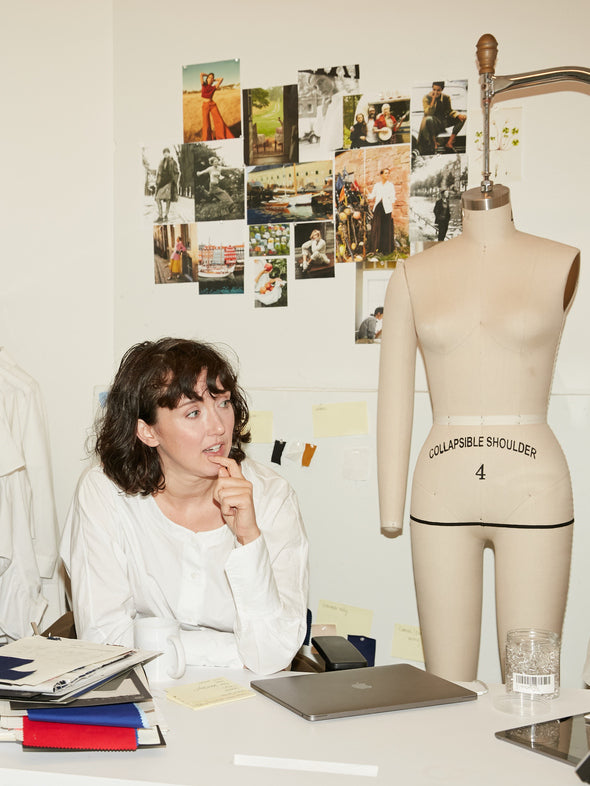Hau, the Māori word meaning, “the spirit of things," was one of my college anthropology professor’s favorite words, that he might as well have had a tattoo of it across his knuckles.
Used to describe the ways that humans attach spiritual, moral, and magical qualities to inanimate objects, the concept can be traced back centuries to the economic system known as the Kula Ring, found in the Trobriand Islands of Papua New Guinea. Famously studied by Polish anthropologist Bronislaw Malinowski in the 1920s, he described the Kula Ring as a circular gift exchange of various types of shells between islands, serving as a ritual process for the men of the tribes. Through this intimate network of trading, holding on to, and then passing on an object between participants, each item evolved to have special meaning by carrying the unique biographies, memories, and personalities of each owner.1 Although the shells held little to no economic value, they still held a strong sense of cultural, emotional, and social value. The entire operation was incredibly intimate, a flavorful concoction of “soul...mixed with things” and “things with souls,”1 nothing short of man-made magic borne through the power of human imagination.
This was hau, a term beloved by anthropologists from the 20th century onward, which continued to slither its way into nearly each of my morning anthropology lectures, rain or shine. Its butchered pronunciation, courtesy of my very Canadian professor, echoed in the chambers of my developing cortex, lingered on my tongue like the leftover ice from my ritual deli coffee. Of all the idiosyncrasies that could be crammed inside that twig of a man, I pondered the irony of this overtly atheist, Catholic-church-trauma-survivor and his dedication to teaching us the magic of hau.







